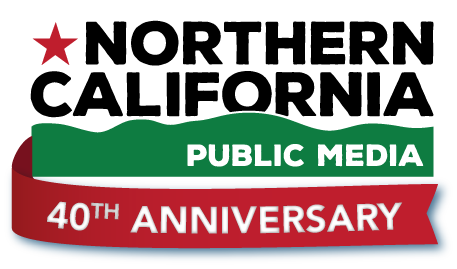
NEW YORK, NEW YORK - OCTOBER 09: Pro-Palestinian demonstrators gather in support of the Palestinian people during a rally for Gaza at the Consulate General of Israel in October (Photo by Michael M. Santiago/Getty Images) Michael M. Santiago/Getty Images hide caption

NEW YORK, NEW YORK - OCTOBER 09: Pro-Palestinian demonstrators gather in support of the Palestinian people during a rally for Gaza at the Consulate General of Israel in October (Photo by Michael M. Santiago/Getty Images)
Michael M. Santiago/Getty ImagesKeffiyehs, checkered scarves most closely associated with Palestinians, have been in the news lately. In Vermont, three men of Palestinian descent, two of whom were wearing keffiyehs, were shot.
NPR's Ailsa Chang speaks with Wafa Ghnaim, a fellow at the Metropolitan Museum of Art and curator for the Museum of the Palestinian People, about the history of the garment, what it means to Palestinian identity and what it means to her.
Email us at
This episode was produced by Connor Donevan and Linah Mohammad and edited by Courtney Dorning. Our executive producer is Sami Yenigun.

 Live Radio
Live Radio